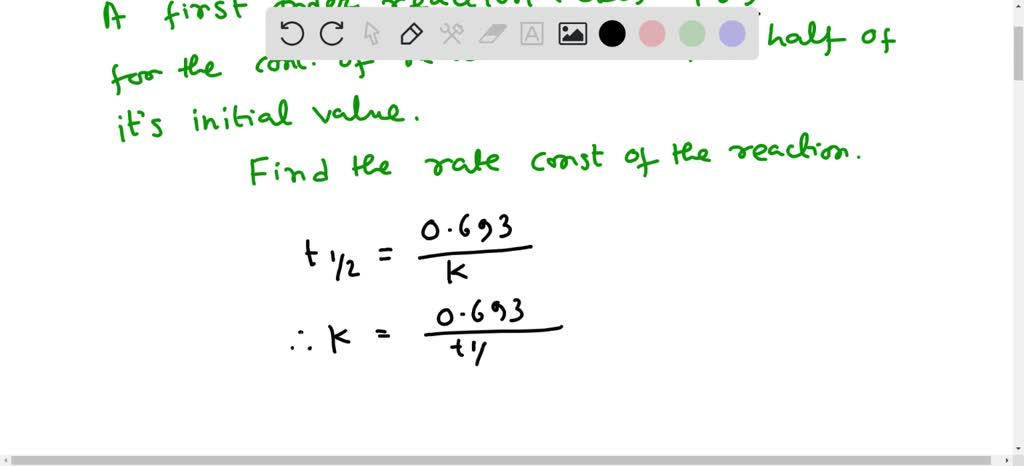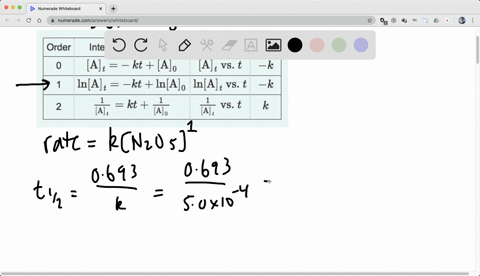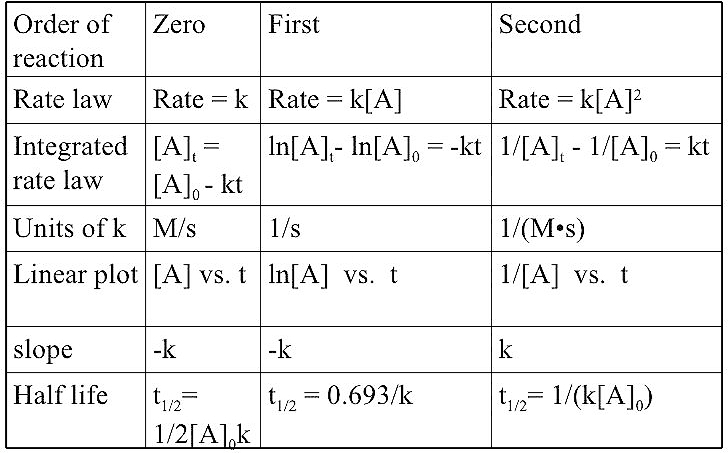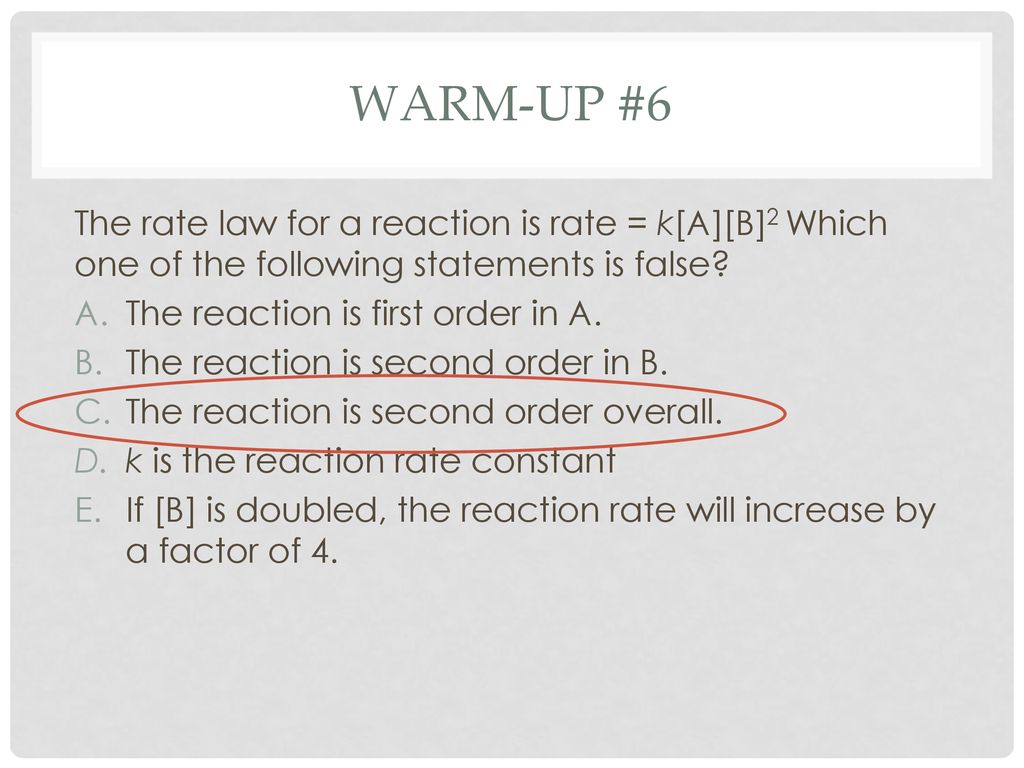
A first order reaction is found to have a rate constant k= 5.5 xx 10^(-14)s^(-1). Find half-life of the reaction.

Half life of a first order reaction is 2.1xx10^(12)s. Calculate the rate constant of the reactio... - YouTube

The reaction is given below, the rate constant for disappearance of A is 7.48 × 10^-3sec^-1 . The time required for the total pressure in a system containing A at an initial

The rate constant of a reaction is 0.69 xx 10^(-1) and the initial concentration is 0.2 "mol l"^(-1). The half-life period is
A first order reaction completes 50% at the end of 50 minutes. What is the value of rate constant in sec^-1? How many times will the reaction be complete at 87.5%? - Quora

For a reaction A ⟶ B + C . it was found that at the end of 10 minutes from the start the total optical rotation of the system was 50^o and

Calculate the half life of a first order reaction from their rate constants given below:(a) 200 s^-1 ; (b) 2 min^-1 ; (c) 4 year^-1 .

In the following gaseous phase first order reaction A(g) → 2 B(g) + C(g) initial pressure was found to be 400 mm of Hg and it changed to 1000 mm of Hg

Calculate the half life of the first order reaction from their rate constant given as a) 200s^(-) b) 2min^(-1) c) 4 "year"^(-1).

SOLVED: The potassium isotope K-40 undergoes beta decay with a half-life of 1.83*10^9 years. Find the number of beta decays that occur per second in 1.0g of pure K-40.

SOLVED: What is the rate constant of a first-order reaction that takes 456 seconds for the reactant concentration to drop to half of its initial value?
![a) For a reaction ABrarrP , the rate law is given by, r=k[A]^(1//2)[B]^(2). What is the order of this reaction? (b) A first order reaction is found to have a rate constant a) For a reaction ABrarrP , the rate law is given by, r=k[A]^(1//2)[B]^(2). What is the order of this reaction? (b) A first order reaction is found to have a rate constant](https://d10lpgp6xz60nq.cloudfront.net/ss/web/885563.jpg)
a) For a reaction ABrarrP , the rate law is given by, r=k[A]^(1//2)[B]^(2). What is the order of this reaction? (b) A first order reaction is found to have a rate constant

For a reaction A ⟶ B + C . it was found that at the end of 10 minutes from the start the total optical rotation of the system was 50^o and

The energy of activation and specific rate constant for a first order reaction at 25^∘ C are 100kJ/mole and 3.46 × 10^-5sec^-1 respectively. Determine the temperature at which half - life of

Chapter 15, Principles of Reactivity: Chemical Kinetics Video Solutions, Chemistry and Chemical Reactivity | Numerade





